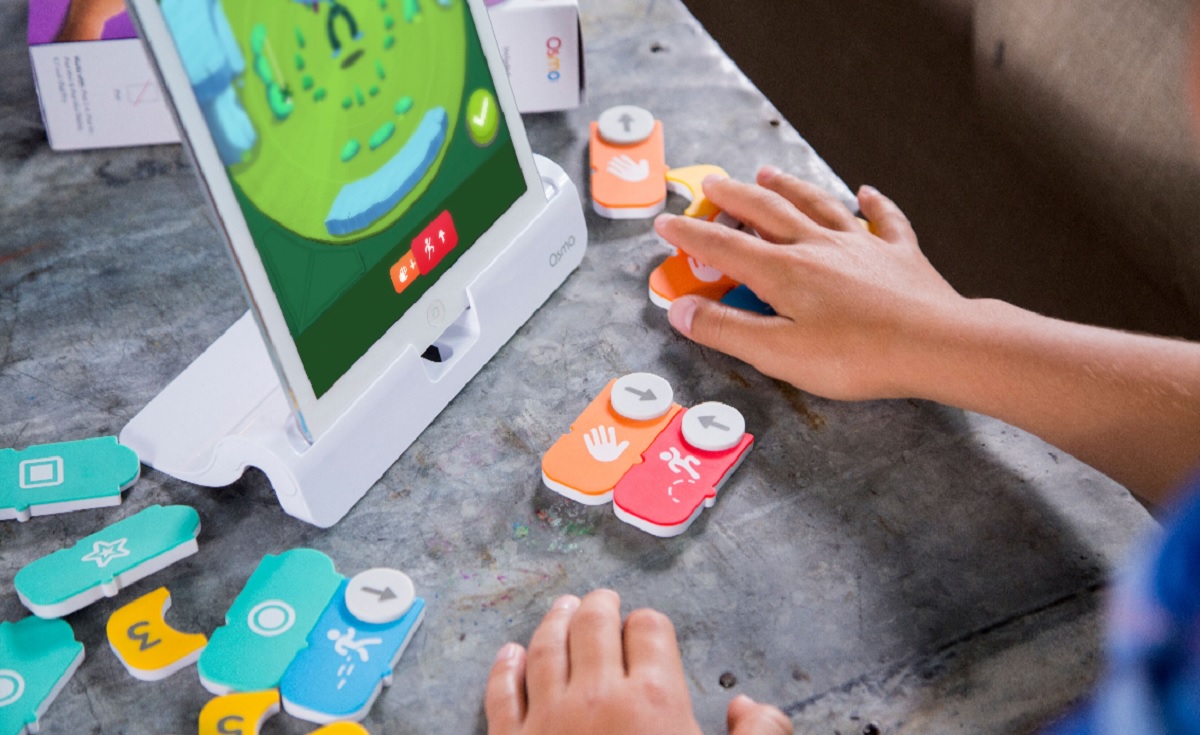Osmo has created some of the most creative apps for children with its augmented reality platform for the iPad, and it is launching another such game today called Osmo Coding Jam.
The title incorporates the familiar Osmo system to combine music and computer programming. The system uses a mirror to point the iPad camera in front of the iPad, where it applies computer vision to see blocks that a child puts in front of it. In this case, the blocks are used to program musical notes.

Unlock premium content and VIP community perks with GB M A X!
Join now to enjoy our free and premium membership perks.
![]()

![]()